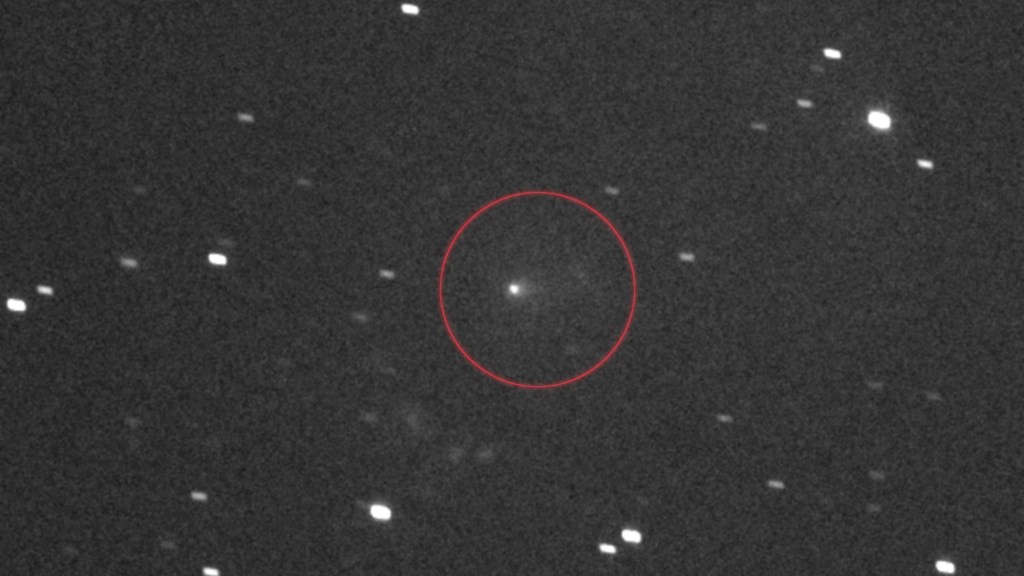For the first time since 2017, methylamphetamine’s popularity in capital cities across Australia has outpaced its use in regional centres around the country. In Perth, it’s rampant.
According to new wastewater analysis conducted by the Australian Criminal Intelligence Commission, Perth has become the new meth capital of Australia, where wastewater traces of the drug’s consumption was discovered to be the highest per capita among some 20 countries around the world.
Videos by VICE
Shane Neilson, ACIC’s principal advisor on drugs, said Perth has always been home to a proportionately large group of meth users. What has propelled the city’s usage ahead of those across the east coast, he said, is a mix of increased supply and a comparatively smaller population.
“The issue there is the population in Perth is less than the eastern seaboard capital cities … the level of consumption is actually higher in terms of weight on the eastern seaboard, but per capita that’s why Perth is high,” Neilson told the ABC.
The wastewater analysis emerges as the sixteenth dataset publicly released by ACIC, and offers insight into the drug consumption patterns of more than 56 percent of the Australian population—or, 13 million people—for 12 substances, including meth, cocaine, and MDMA.
While cocaine, MDMA, heroin and ketamine use saw a marked rise in consumption across Australia’s capital cities through December last year, more commonly consumed substances began to wane in popularity through the regions. Substances like alcohol, nicotine, MDA, oxycodone, fentanyl, and even cannabis, were each less prevalent in the wastewater tested in rural and regional towns.
Neilson said that as pandemic restrictions began to ease in late 2021, the international component of Australia’s illegal drug supply chain was able to reignite passageways into metropolitan areas and meet unmet COVID demand.
“Hence it was logical that capital city consumption where the product was imported was higher than regional [consumption] where they had to transfer from cities out to regional areas,” Neilson said.
“The movement restrictions and also restrictions on association, and the closure of entertainment venues, undoubtedly had a downward effect on consumption,” he said.
“As these restrictions were gradually relaxed, and this was the case in most jurisdictions during the review period, then consumption of drugs increased, particularly for stimulants.”
On average, though, some of Australia’s consumption trends looked a little different. Between August and December last year, the population-weighted average capital city consumption of heroin, oxycodone, and cannabis actually decreased, while alcohol, nicotine, meth, cocaine, MDMA, fentanyl and ketamine saw a spike over the same period.
In the regions, the population-weighted average for alcohol, nicotine, heroin, fentanyl and cannabis saw a downturn, while meth, cocaine, MDMA, MDA and oxycodone consumption trended upwards, and ketamine remained pretty much unchanged.
Compared to other countries—of which only a limited number actually conduct comparable wastewater analyses—Australia consumed more meth than 25 others. When compared to 26 other countries, it turned out that Australia ranked 15th for cocaine consumption; fifth out of 27 of MDMA use, and sixth out of 16 for Cannabis use.
Follow John on Twitter.
Read more from VICE Australia and subscribe to our weekly newsletter, This Week Online.
More
From VICE
-

3I/ATLAS -

Isaac Hayes (Photo by Anthony Barboza/Getty Images) -

Screenshot: Larian, X @shinobi602 -

Gene Siskel and Roger Ebert (Photo by Norm Staples/Getty Images)
